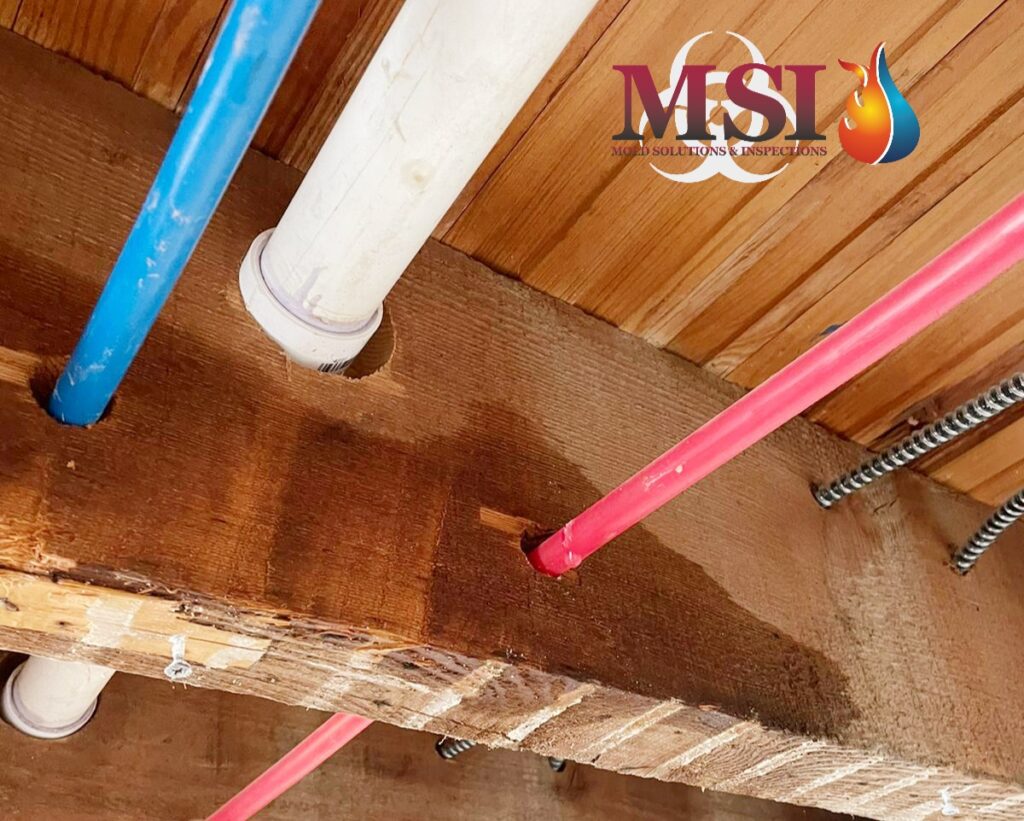
Cross-linked polyethylene tubing, better known as PEX, has revolutionized plumbing installations and repiping in the last three decades. This flexible tubing, safe for potable water, can make gentle bends around obstructions. Where required, elbows and other joints can be quickly installed with clamps, eliminating the need for soldering or gluing required with copper or PVC pipe. PEX is also less expensive than copper and won’t corrode over time. PEX tubing installed in plumbing systems in Europe over 30 years ago is still intact and resilient today.
Pipe ruptures that occur during a hard freeze are a major issue in cold climates. The insurance industry reports that over a quarter-million homeowners annually suffer property damage from broken water supply pipes in freezing temperatures. If outside temperatures fall below the 20-degree Fahrenheit threshold that generally causes ice to form in water lines, pipes may freeze. However, PEX offers a potential advantage over rigid plumbing such as copper or hard PVC. Due to its flexibility, PEX has a small margin of expansion under the damaging pressure caused by ice formation. If the weather gets cold enough, PEX pipes can and will freeze like any plumbing. However, PEX may be less likely to rupture as a result of freezing.
Because outdoor temperature conditions that cause ice formation in pipes vary from the moderate to the extreme, PEX manufacturers can provide no guarantee against rupture due to freezing.Therefore, here are some other steps you can take to prevent PEX pipes from freezing in the first place:
- Route PEX tubing through interior not exterior walls where possible.
- Keep rooms at 55 degrees or more when outdoor temps drop below 20 degrees.
- Insulate spans of PEX tubing exposed to freezing temperatures.
- During spells of acutely cold weather, allow indoor faucets to dribble to relieve damaging pressure in pipes if ice forms.